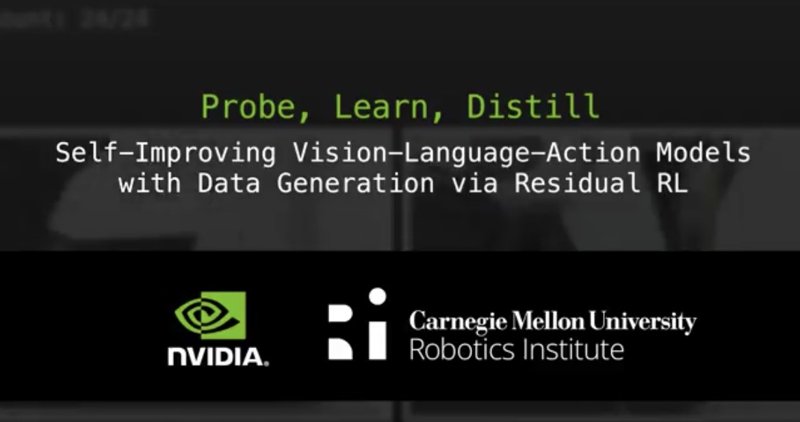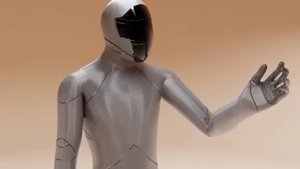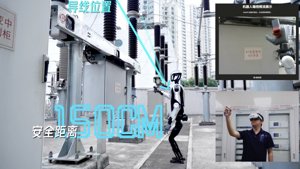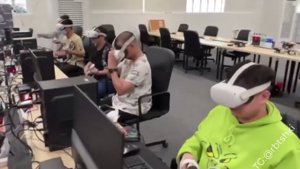Researchers at Carnegie Mellon University and NVIDIA have, it seems, decided that robots, much like junior staff, should learn from their own blunders. They’ve unveiled a spanking new framework dubbed PLD (Probe, Learn, Distill) that empowers Vision-Language-Action (VLA) models to autonomously sharpen their skills at high-precision tasks. This is a rather brilliant departure from the traditional, painstaking slog of teaching robots by having them mimic human demonstrations, a method about as scalable as hand-carving microchips.
The PLD method is a clever three-stage process, cunningly designed to turn failure into a feature, not a bug. First off, the robot probes its own limitations by attempting a task with its existing knowledge. When it invariably makes a hash of it—say, sloshing that cuppa it was supposed to serve—a lightweight “rescue policy,” trained via residual reinforcement learning, swoops in to rectify the situation. Finally, the system distills this successful recovery, fine-tuning the main model with the newly acquired data. Essentially, the robot becomes a tad more savvy every time it messes up, no spoon-feeding required. This rather ingenious system has already clocked a cracking 99% success rate on the LIBERO benchmark and a perfect 100% on certain real-world manipulation tasks.
Why is this important?
This, my friends, is a momentous leap towards crafting truly adaptable robots. Instead of being programmed with an encyclopaedia of flawless manoeuvres for every conceivable scenario, a robot equipped with PLD can conjure up its own training data from novel, slightly clumsy encounters. This self-improvement feedback loop could drastically slash development time and cost, making robots far more viable for complex, unstructured environments, such as your rather disastrously messy kitchen. It’s a seismic shift from “learning by watching” to “learning by doing,” and, more crucially, “learning by almost making a right royal mess of things.”






